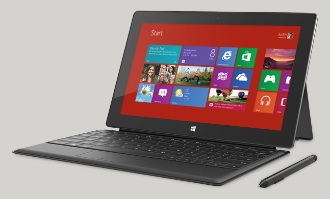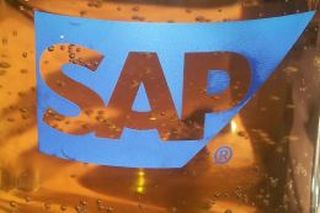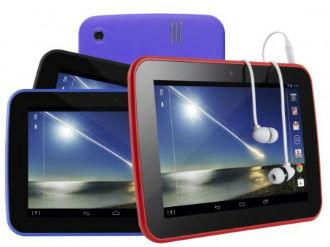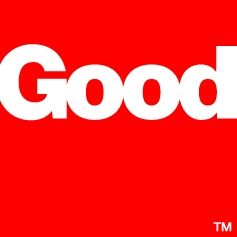 British supermarket giant Tesco may be showing off its rumoured own-brand tablet as early as next week, as it steps up the marketing drive of its content platform Blinkbox.
British supermarket giant Tesco may be showing off its rumoured own-brand tablet as early as next week, as it steps up the marketing drive of its content platform Blinkbox.
An invite sent out to UK press reads: “We’ve got something to show you. #LetsHudl.” Hudl, PCR-Online points out, was registered as a trademark earlier this year for use on a tablet device. The rumours so far suggest Tesco will be aiming for the cheap and cheerful market, with analysts telling us the company will use it to leverage its content service, Blinkbox – not dissimilar to Amazon’s approach with the Kindle Fire.
It’s expected the device will launch at around the £100 mark. Doing so would make it one of the cheapest ‘big’ brands on the British market. Whether buyers will flock to the brand is another question.
It’s expected Tesco will stuff the tablet with its own streaming services such as Blinkbox and Clubcard TV. Most think it will run on an unmodified version of Android.
According to PC Pro, which claims to have seen the specs, the Tesco tablet will sport two bog standard cameras, ship with GPS, Bluetooth, and the usual MEMS in an accelerometer and a gyroscope.
The device will reportedly feature a seven inch IPS panel at 1280×720, and under the bonnet will be a 1.6GHz quad core processor, 1GB of RAM, 16GB included storage and a slot for MicroSD.
If Tesco is indeed launching a tablet it’s a bold move by the retailer. Tesco recently announced it was to slash inventories of other electronics and focus on selling more traditional supermarket products.
Monday’s announcement will coincide with what Marketing Week calls a “nationwide in-store marketing blitz” for Blinkbox, including promotions across 500 stores offering discounts on drinks, snacks, DVDs, CDs, and videogames.
In tandem, Tesco plans a major radio, print, digital, outdoor ad, and “high profile” TV ad campaign to launch in October. Blinkbox’s marketing exec Kate Simon told MarketingWeek the scale of investment is “unprecedented”.
Blinkbox plans to differentiate itself from other streaming services such as Lovefilm, Netflix and Sky, touting, for example, its superior range of blockbuster films and TV shows compared to rivals.
 Symantec has promoted Mark Nutt to vice president for EMEA partner management and will be tasked with planning and delivering a new EMEA channel strategy.
Symantec has promoted Mark Nutt to vice president for EMEA partner management and will be tasked with planning and delivering a new EMEA channel strategy.

















